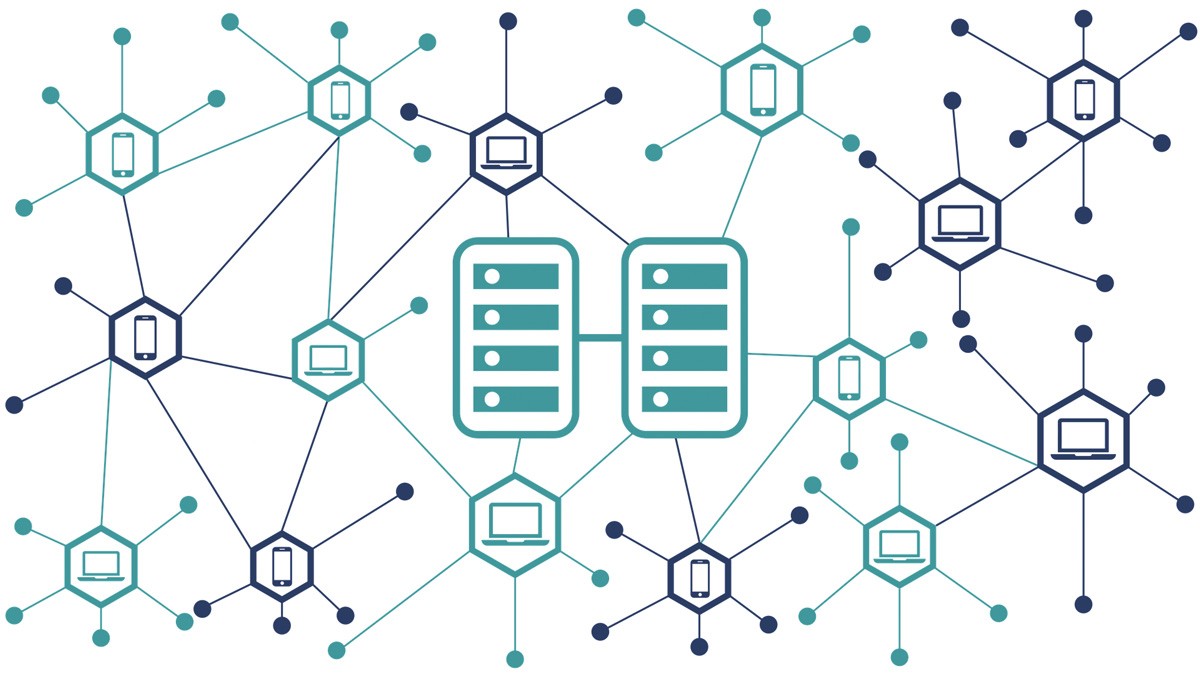

As Australia’s My Health Record rolls out, with inherent predictable teething problems, it is interesting to look at how other countries tackle the inevitable transition to paperless medical records. Estonia stands out and uses blockchain, technology widely touted as the new wave of digital disruption.
Blockchain is a decentralised database built across multiple IP addresses (nodes, see Fig 1). It is a synchronised chronological ledger system with each block of information bundled, time-stamped and encrypted. The code (hash) that is produced is linked to the hash of the previous block and used as a base (seed) for building the next block of information.
In this way, the sequentially linked blocks of information cannot be altered without “breaking the chain”. Each block is copied across the nodes. Changing one block will corrupt all subsequent blocks and visible to all network participants.
Blockchain uses a consensus algorithm and does not require a centralised authority (such as government departments or financial institutions) to certify validity and maintain security of records.
Estonia has established interconnected blockchain networks to digitise multiple systems, including land ownership, taxation, banking, insurance, education, voting, justice system, education and health care.
The underlying principle is that everyone owns all their individual data. Apart from publicly available information, such as land and company ownership, other information remains private and controlled by the individual.
Each person has a chip enabled card and a private password. One can decide to lock down a medical record and limit availability to nominated clinics or systems. Each time a person’s secure data is viewed online, that event is reported. An unauthorised look is a criminal offence.
Data sits locally, for example at a clinic, and is shared to another location (hospital or clinic) when a request is initiated by the individual. Transfer of data occurs via X -Road, a government platform that connects servers with encrypted links.
Advantages of this system are health care efficiency, security, safety and integration of a multitude of different digital systems.
Cited benefits are E-ambulance, where paramedics can access medical records and register a patient’s imminent arrival to the emergency department.
People can link their multiple health providers. This enable alerts for risk of drug interaction, avoids duplication and reduces error. There are many other applications including data sharing for clinical trials, supply chain for drugs and prostheses, and workflow efficiency.
Conversations around digital health technology invariably lead to privacy concerns. Efficiency, security and privacy are equally important for our medical records. While no system is tamperproof, paper records, or opting out of electronic medical records, is not viable in an environment of exponential growth in data.
Our future medical expertise will rely on accurate, coordinated up-to-date individualised medical information.
References available upon request

